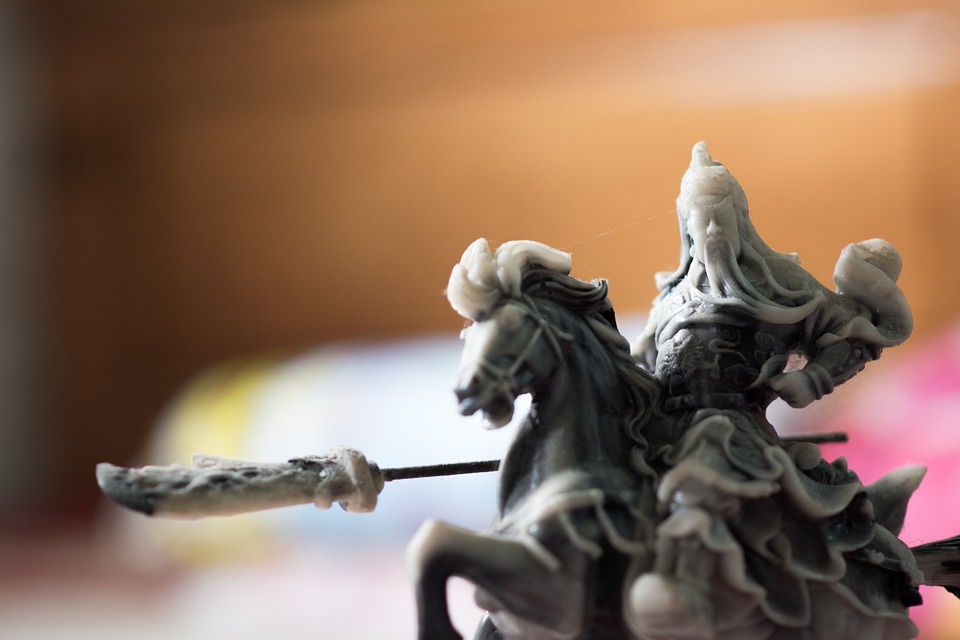*By [Your Name]*
Introduction:
Maintaining the appropriate salinity level in a fish tank is crucial for the health and well-being of marine species. Salinity, or the concentration of salt in water, directly affects the osmotic balance and overall physiology of these aquatic organisms. In this article, we will explore the importance of maintaining proper salinity levels, discuss the ideal ranges for different marine species, and provide helpful tips on how to achieve and maintain optimal salinity in your fish tank.
I. Understanding Salinity Levels:
a) What is salinity?
Salinity refers to the amount of salt dissolved in water. It is typically measured in parts per thousand (ppt) or specific gravity (SG). The higher the salinity, the more salt is present in the water.
b) Why is salinity important for marine species?
Marine species have evolved to live in specific salinity levels, and any deviation from these levels can have detrimental effects on their health. Salinity affects the osmotic balance in fish and invertebrates, impacting their ability to regulate water and salt concentrations in their bodies. Proper salinity levels are necessary for proper metabolic functions, osmoregulation, and overall well-being of marine organisms.
II. Ideal Salinity Ranges for Marine Species:
a) Differentiating between freshwater, brackish, and marine aquariums
Freshwater aquariums have a salinity level of 0-0.5 ppt, while brackish water aquariums have a salinity level of 0.5-30 ppt. Marine aquariums, which are home to saltwater fish, coral reefs, and invertebrates, typically have a salinity level of 30-40 ppt.
b) Recommended salinity levels for popular marine species:
i) Saltwater fish
Most saltwater fish thrive in a salinity range of 35-37 ppt. Some species, like clownfish, may tolerate slightly lower salinity levels around 28-30 ppt.
ii) Coral reefs and invertebrates
Coral reefs and invertebrates, such as corals, anemones, and shrimp, require a more stable salinity level of 35-36 ppt. Sudden changes in salinity can harm these delicate organisms.
iii) Brackish water species
Brackish water species, like archerfish and mudskippers, prefer a salinity level of 10-20 ppt. It is important to research the specific needs of these species to provide the appropriate salinity range.
III. Monitoring Salinity Levels:
a) Testing kits: Which ones to use and how often?
To accurately measure salinity, you can use a refractometer or a hydrometer. These tools provide a specific gravity reading, which can be converted to ppt using a conversion chart. It is recommended to test salinity levels at least once a week or more frequently if you notice any changes in the behavior or health of your marine species.
b) Factors affecting salinity fluctuations:
i) Evaporation
Evaporation can cause an increase in salinity levels as water evaporates, leaving behind salt. Regularly topping off the tank with freshwater can help maintain stable salinity levels.
ii) Water changes
During water changes, it is crucial to match the salinity level of the new water to that of the tank. Sudden changes in salinity can cause stress and harm to marine species.
iii) Equipment malfunctions
Faulty equipment, such as malfunctioning protein skimmers or auto top-off systems, can lead to fluctuations in salinity levels. Regularly check and maintain your equipment to prevent such issues.
IV. Adjusting Salinity Levels:
a) Adding salt to increase salinity
When increasing salinity, it is essential to choose a high-quality salt mix specifically designed for marine aquariums. Follow the manufacturer’s instructions for the correct amount of salt mix to add. It is advisable to make gradual adjustments and monitor salinity levels closely with regular testing.
b) Diluting water to decrease salinity
To decrease salinity, you can utilize Reverse Osmosis Deionization (RODI) water, which is free from impurities and minerals. Gradually replace a portion of the tank water with RODI water to lower salinity levels. Regular testing will help ensure the desired salinity range is achieved.
V. FAQs (Frequently Asked Questions):
1. Can I use regular table salt to adjust salinity levels?
No, regular table salt is not suitable for adjusting salinity levels in a marine aquarium. It often contains additives and anti-caking agents that can harm marine species. It is best to use a salt mix specifically formulated for marine aquariums.
2. How often should I test the salinity in my marine aquarium?
It is recommended to test salinity levels at least once a week, or more frequently if you notice any changes in the behavior or health of your marine species.
3. Is it possible to maintain a stable salinity level in a small aquarium?
Yes, it is possible to maintain a stable salinity level in a small aquarium. Regular testing, proper equipment maintenance, and careful adjustments during water changes are crucial for maintaining stable salinity levels.
4. Can sudden salinity changes harm my marine fish?
Yes, sudden salinity changes can cause stress and harm to marine fish. It is important to make gradual adjustments and closely monitor salinity levels to ensure the well-being of your fish.
5. What are the effects of high or low salinity on coral reefs?
High salinity levels can lead to coral bleaching and even death. Low salinity levels can disrupt the symbiotic relationship between corals and zooxanthellae algae, leading to decreased photosynthesis and growth.
Conclusion:
Maintaining appropriate salinity levels in a marine fish tank is paramount for the long-term health and vitality of the aquatic inhabitants. By understanding the ideal salinity ranges for different marine species, regularly monitoring salinity levels, and making necessary adjustments when needed, you can provide a stable and thriving environment for your fish, corals, and other marine organisms. Remember to consult with experts and follow best practices to ensure the optimal care of your marine aquarium.









